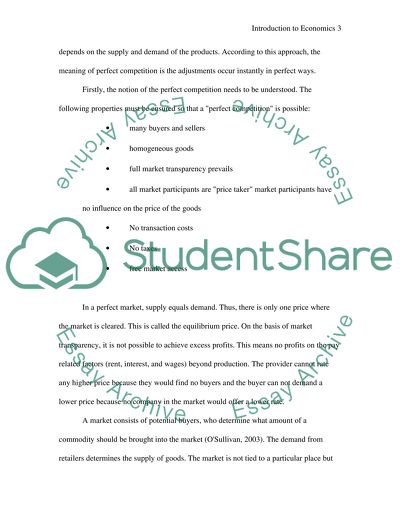Cite this document
(“The nature of perfectly competitive markets Essay”, n.d.)
Retrieved de https://studentshare.org/macro-microeconomics/1391229-the-nature-of-perfectly-competitive-markets
Retrieved de https://studentshare.org/macro-microeconomics/1391229-the-nature-of-perfectly-competitive-markets
(The Nature of Perfectly Competitive Markets Essay)
https://studentshare.org/macro-microeconomics/1391229-the-nature-of-perfectly-competitive-markets.
https://studentshare.org/macro-microeconomics/1391229-the-nature-of-perfectly-competitive-markets.
“The Nature of Perfectly Competitive Markets Essay”, n.d. https://studentshare.org/macro-microeconomics/1391229-the-nature-of-perfectly-competitive-markets.


